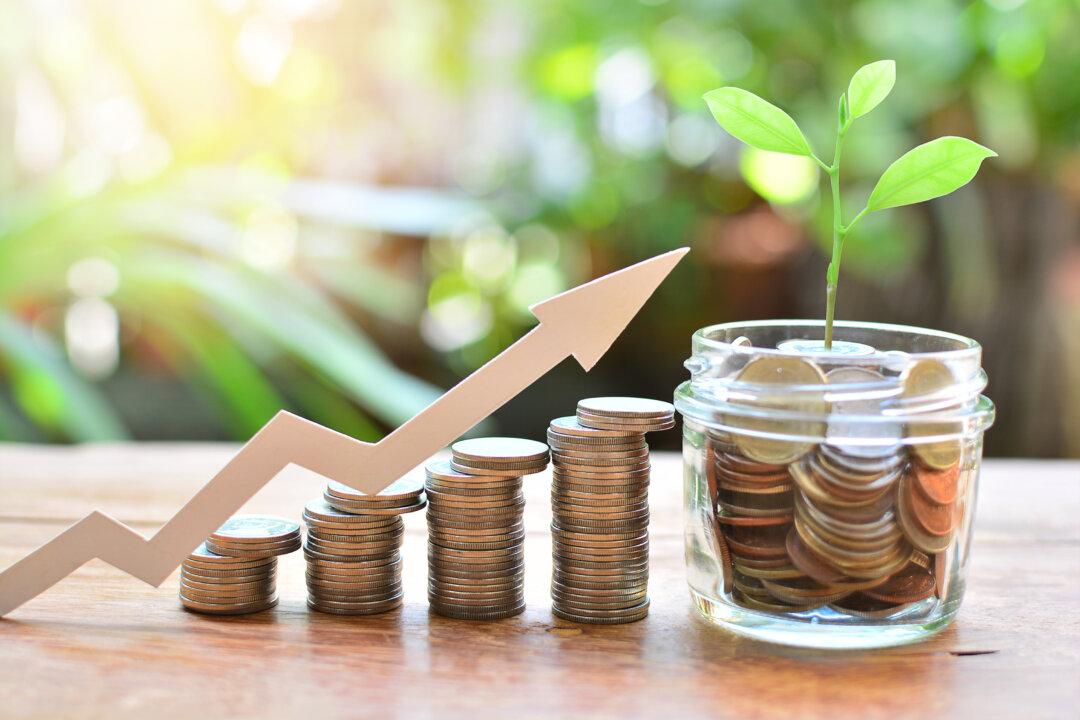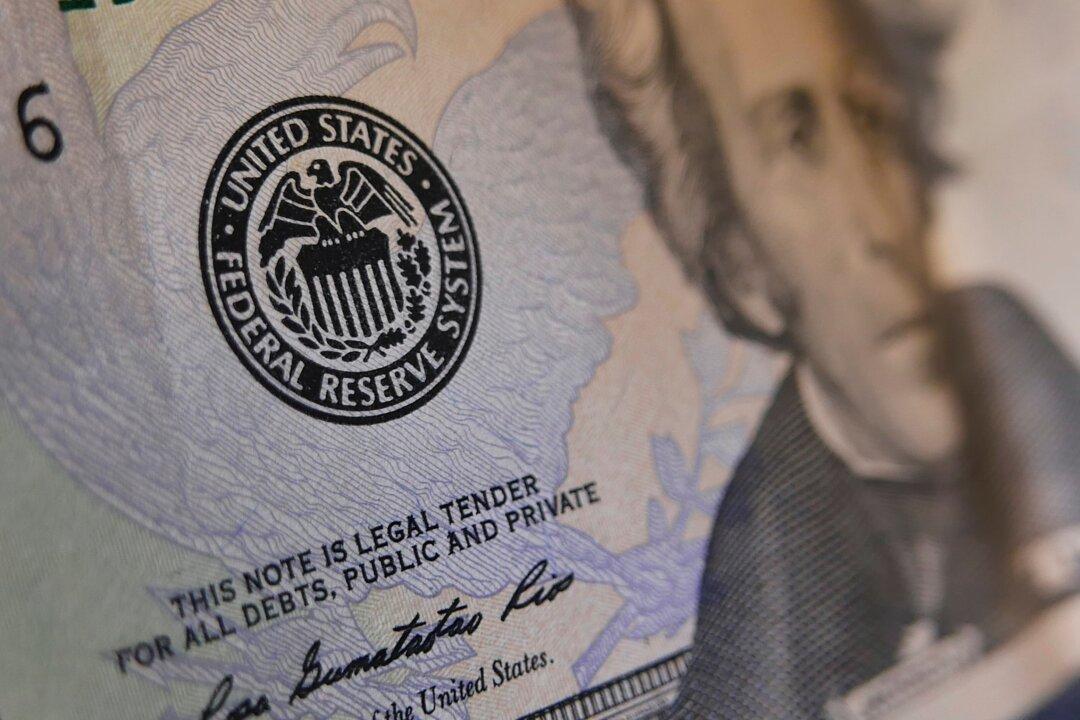In his essay “Advice to a Young Tradesman” printed in 1748, Benjamin Franklin said:
“Remember that Money is of a prolific generating Nature. Money can beget Money, and its Offspring can beget more, and so on. Five Shillings turn’d, is Six: Turn’d again, ’tis Seven and Three Pence; and so on ’til it becomes an Hundred Pound.”






